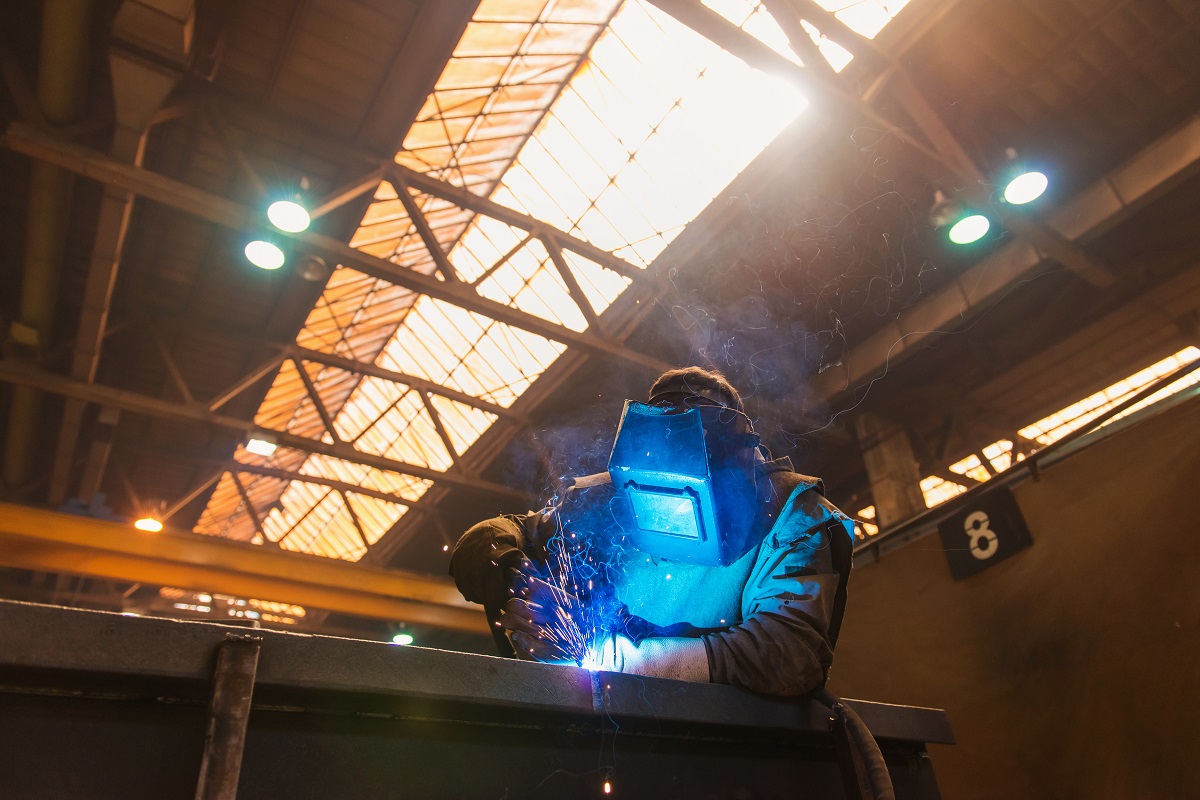Understanding the Art of Welding: Just How to Avoid Undercut Welding Issues for Flawless Fabrication Results
Efficiency and precision are critical in the globe of welding, where also the slightest imperfection can compromise the architectural honesty of a made item. One common difficulty that welders face is damaging, a defect that can damage a weld joint and lead to expensive rework. By comprehending the origin of undercut welding and applying reliable methods to avoid it, welders can raise their craft to brand-new degrees of excellence (Preventing weld undercut). In the search of remarkable manufacture outcomes, understanding the art of welding to stay clear of undercut concerns is not just an ability however a need for those pursuing excellence in their job.
Recognizing Undercut Welding

To avoid undercut welding, welders must make sure correct welding criteria, such as adjusting the current, voltage, travel rate, and preserving the right electrode angle. By recognizing the reasons of undercut welding and executing preventive actions, welders can achieve high-grade, structurally sound welds.
Reasons of Undercut in Welding
Recognizing the aspects that contribute to undercut in welding is important for welders to produce high-grade, structurally audio welds. Poor welding incorrect or present welding rate can additionally contribute to undercut. Understanding these causes and implementing proper welding methods can help avoid undercutting concerns, making certain durable and strong welds.
Methods to stop Undercutting

To alleviate the risk of damaging in welding, welders can employ strategic welding techniques targeted at boosting the quality and stability of the weld joints. One efficient method is to change the welding criteria, such as voltage, existing, and take a trip rate, to make sure proper warmth input and deposition. Preserving a suitable electrode angle and guaranteeing constant traveling rate can also assist protect against undercut. In addition, using the correct welding technique for the certain joint arrangement, such my latest blog post as weave or stringer beads, can add to decreasing undercutting. Preventing weld undercut.
Using back-step welding methods and managing the weld grain profile can additionally help disperse warmth uniformly and decrease the danger of undercut. Regular assessment of the weld joint during and after welding, as well as carrying out top quality assurance procedures, can assist in dealing with and identifying undercutting problems without delay.
Importance of Appropriate Welding Criteria
Selecting and preserving proper welding criteria is important for accomplishing effective welds with very little issues. Welding parameters describe variables such as voltage, existing, travel speed, electrode angle, and securing gas circulation rate that directly affect the welding procedure. These criteria should be meticulously changed based upon the sort of product being bonded, its density, and the welding strategy used.
Proper welding parameters make sure the correct amount of warmth is related to melt the base metals and filler material consistently. If a knockout post the specifications are established as well high, it can result in extreme warm input, creating spatter, burn-through, or distortion. On the other hand, if the parameters are too low, incomplete combination, lack of penetration, or undercutting may occur.
Quality Control in Welding Workflow

Conclusion
In final thought, grasping the Recommended Reading art of welding needs a detailed understanding of undercut welding, its causes, and techniques to avoid it. By ensuring proper welding parameters and applying quality control methods, remarkable manufacture outcomes can be accomplished. It is essential for welders to consistently pursue excellence in their welding procedures to stay clear of undercut issues and produce high-grade welds.
Undercut welding, a typical problem in welding processes, occurs when the weld steel doesn't correctly load the groove and leaves a groove or anxiety along the bonded joint.To avoid undercut welding, welders should make certain appropriate welding specifications, such as adjusting the present, voltage, travel rate, and maintaining the proper electrode angle. Poor welding incorrect or existing welding rate can also contribute to undercut.To alleviate the danger of undercutting in welding, welders can utilize strategic welding methods aimed at enhancing the quality and integrity of the weld joints.In conclusion, grasping the art of welding needs an extensive understanding of undercut welding, its reasons, and methods to stop it.